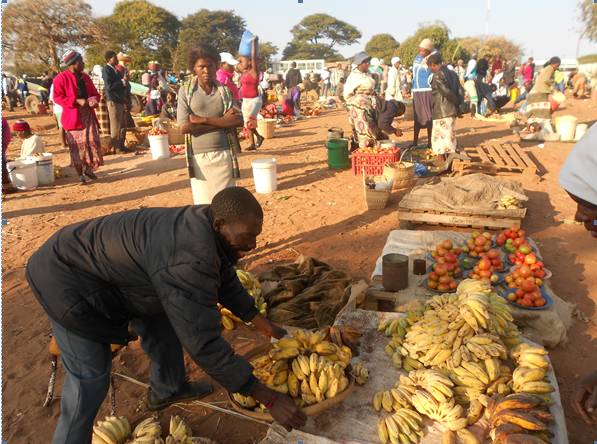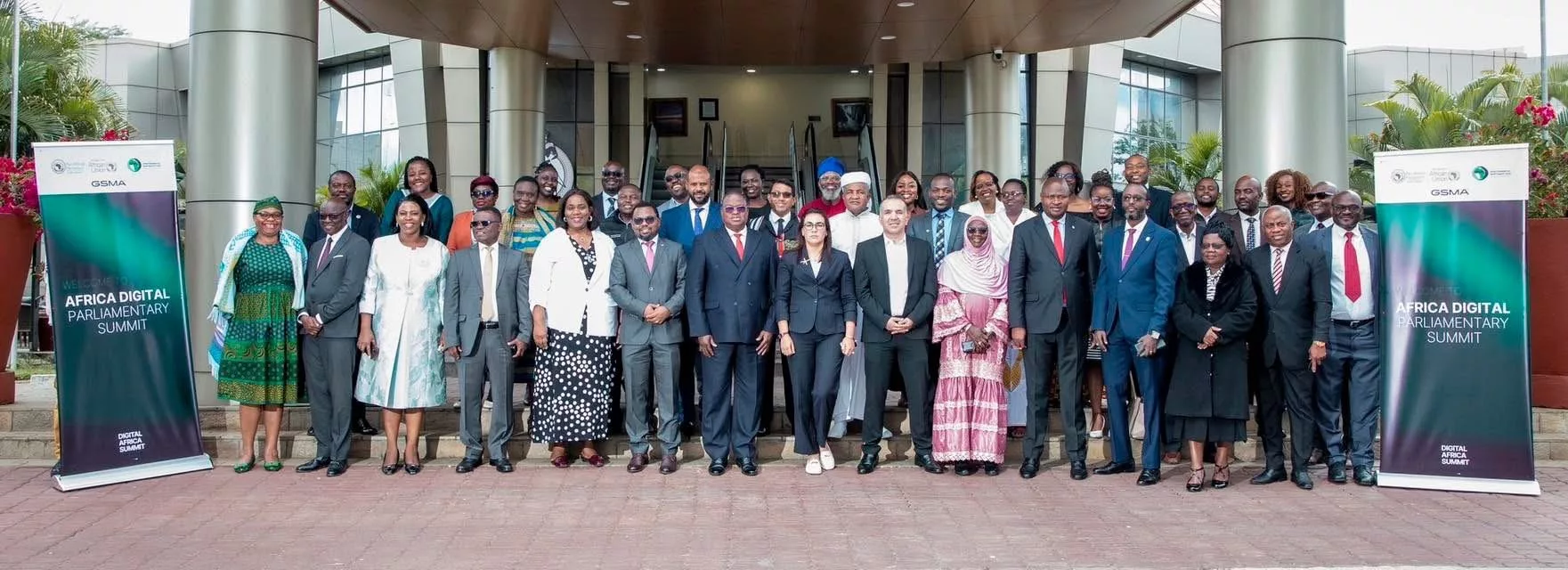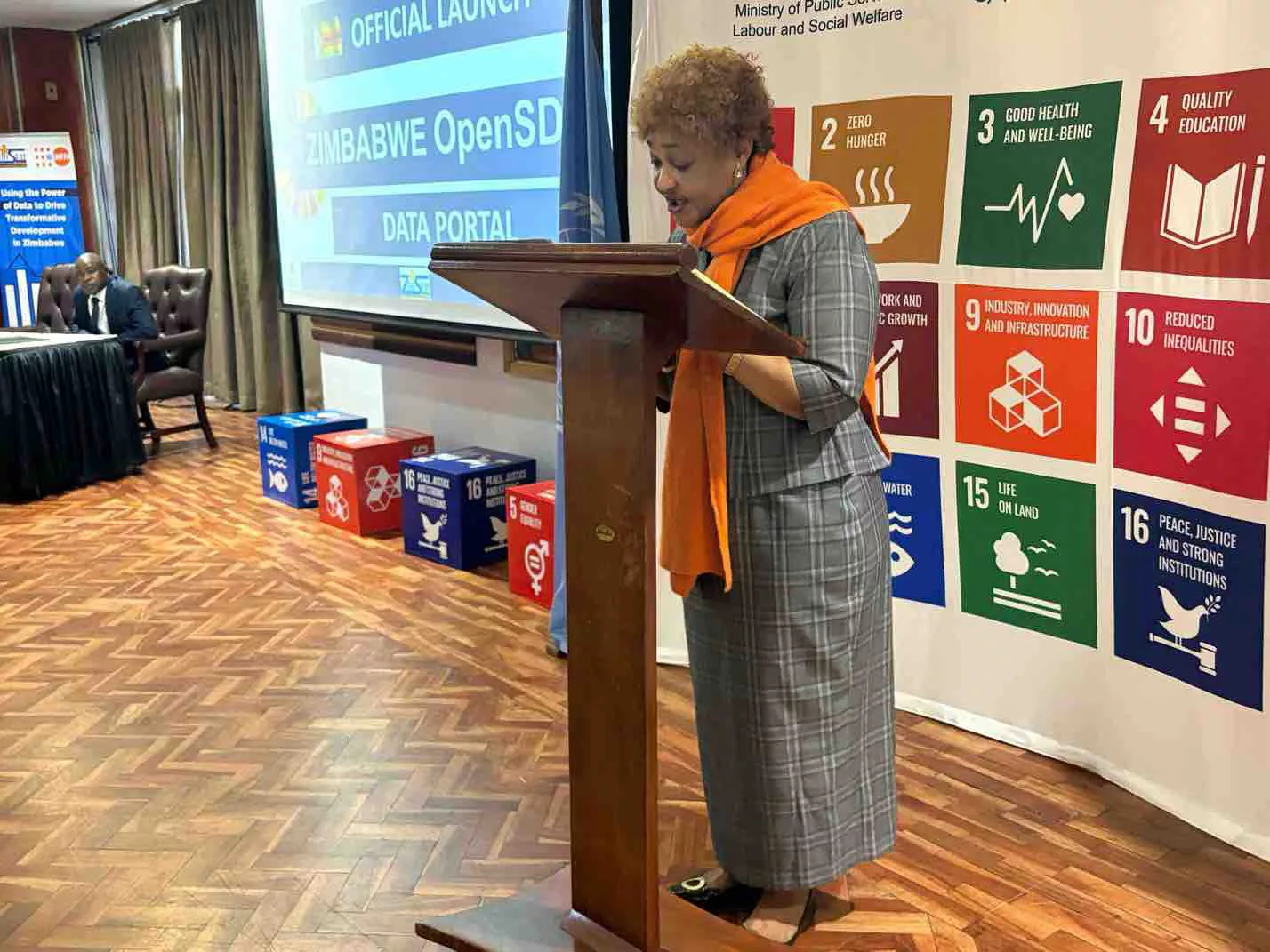|
Getting your Trinity Audio player ready...
|
Billions of dollars have gone into African agriculture and food systems over the past few years but the main challenge remains the absence of a coordinated framework for deploying such resources. Resources that are squandered through fragmented investments by development organizations, government, and the private sector are more than what is needed to address challenges in African agriculture and food systems. At what point will this reality be accepted and corrected?
Absence of consolidated data collection frameworks
The absence of coordinated data collection frameworks on agriculture and food systems means different development organizations, government departments, and private sector players rely on their frameworks for gathering data in line with indicators they want to report about. That is why datasets are often found conflicting, depending on the story of interest to particular actors.
For instance, data intended to persuade donors to inject money toward food aid tends to receive more attention than data showing local community resilience and quantities of commodities flowing to mass food markets. There are also different frameworks for analysing the vulnerability of communities to climate change in the same district or province.
Who should take the lead in harmonizing data collection?
Unless ministries of responsible for agriculture take the lead in harmonizing all existing data collecting and analyses frameworks, different organizations will continue competing to do different things in African agriculture and food systems with no end to food insecurity, malnutrition, and poverty.
Some governments may not see anything wrong with leaving data in private hands but data that appeals to the private sector may disadvantage smallholder farmers whose needs are different. Private sector-led data sharing is often very complicated and that is why there should be an institution responsible for ensuring datasets are shared in ways that are not exploitative to farmers. It is through consolidated data frameworks that synergies can be built between different institutions and emerging lessons adopted by government structures.
For instance, data can show if there is a sound relationship between the Ministry of Agriculture and the Ministry of Health in the agriculture sector. Regarding the relationship between the Ministry of Agriculture and the Ministry of Transport, the main question is whether there are any reports submitted by the Ministry of Agriculture to the Ministry of Transport on how the poor state of roads is affecting the movement of surplus agricultural commodities from farming areas to markets. Other questions include whether are there any reports from the Ministry of Agriculture to the Ministry of ICTs about how the absence of connectivity is becoming a barrier to information access between production zones and markets.
Are there any reports on relationships between the Ministry of Agriculture and the Ministry of Industry and Commerce concerning strategies that can be put in place to develop the agricultural industry around smallholder farmers? What is the relationship between the Ministry of Agriculture and the Ministry of Local Government to enable information exchange on what happens to agricultural commodities when they get to the market?
In cases where irrigation schemes are harvesting tons of green mealies and tomatoes, are there knowledge exchange pathways for local authorities to expect and prepare for these commodities in the market? Potential for tapping into data from African mass markets African mass markets have their systems of collecting data and market intelligence but such systems are not adequately supported by government or development agencies.
Where there have been attempts to set up data collection systems, they exist in silos, and investments initiated by the government such as putting a borehole in every village are not informed by the market yet water will lead to surplus production which cannot all be consumed locally.
As revealed by fast and furious trends from African mass food markets, supply chains have quietly developed their evidence which calls for certain interventions. Government institutions should know how much is traded in particular markets and the capacity of those markets to handle diverse commodities.
When a maize bumper harvest is anticipated, the government and other actors are often seen preparing temporary warehouses and make-shift depots for collecting grains by Grain Marketing Boards. But the mass markets and related supply chains are left to create their systems for handling bumper harvests.
Such absence of formal support results in farmers selling commodities at give-away prices as they lack warehousing, preservation, and processing technologies on-farm and at the market. Although the markets have created strong relationships, the absence of proper food handling facilities limits what they can do after producing.
The absence of handling facilities in mass markets also constrain traders in terms of commodities they can buy in bulk and store before starting to incur losses.
AUTHORS CONTACT DETAILS:
[email protected] / [email protected] / [email protected] Website: www.emkambo.co.zw / www.knowledgetransafrica.com Mobile: 0772 137 717/ 0774 430 309/0712737430






